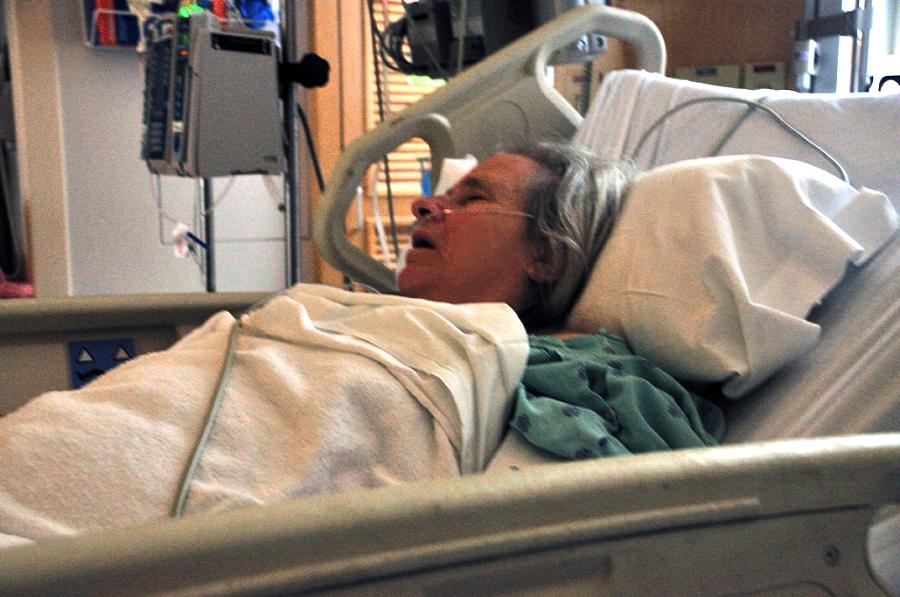A Public Death: Preventing Strokes by Improving Vital Statistics

Saying someone died of a stroke is only a little more specific than saying that they died from old age. It’s fine if you’re just updating a relative on what happened to someone in the family, but it does little good if you’re trying to manage a public health program aimed at saving lives or decide where to focus research funds to get the biggest impact.
A study in Stroke, the American Heart Association journal, published this month found:
Of 398,942 people who died from stroke in the United States between 2007 and 2009, in 209,933 (53%) cases, the medical certifier did not specify whether the stroke was hemorrhage or infarction on the death certificate. There were 44 states in which the percentage of unspecified stroke among all strokes was [greater than or equal to] 50% and 20 states in which the percentage was [greater than or equal to] 55%. The percentage was lowest in the District of Columbia (46%) and highest in Oklahoma (64%). The state variation in the proportion of unspecified stroke decreased with age of the deceased.
Let’s look at the types of strokes first, and then we can get into what the study found and why it matters. When someone has a stroke, the blood supply to their brain is cut off. The mechanisms behind the blood loss can take many different forms, but they fall under two main categories.
1. Ischemic stroke or cerebral infarction: Think of this as a dam forming in the bloodstream. A clot blocks a blood vessel that delivers blood to the brain. This is a common side effect from surgery, particularly in older patients.
You might have heard a surgeon talk about “throwing a clot,” which means a blood clot is loosened and leaves one part of the body, making its way to the blood vessels in the brain where it causes a cerebral embolism, also called an embolic stroke. If an artery is narrowed by fat, cholesterol or other factors and a clot forms, the event is called a thrombotic stroke.
2. Hemorrhagic stroke: Think of this as the bloodstream breaking the levee. For a variety of reasons, a brain blood vessel may weaken. When it finally tears open, blood runs out. Where the blood runs determines the type of hemorrhage. If it is an intracerebral hemorrhage, that means the blood has spilled into the brain tissue, killing the brain cells.
What can cause this type of stroke? High blood pressure is one of the top causes, followed by severe injury to the brain – car crash, fall, violence – veins and arteries in the brain that are misshapen in some way, and blood thinners. Then there is the subarachnoid hemorrhage. That means a blood from an artery on the outer edge of the brain has leaked into the area between the brain and the skull.
Most often, this type of stroke starts with an artery bulging out to create an aneurysm that then breaks open. It can be heralded by painful headaches, and it can be followed by vasospasms, which are just what you might guess, wild fluctuations in the blood vessels that harm the brain even further.
Getting the underlying cause of death wrong half the time has huge implications. All of these strokes combined lead to about 7% of all deaths in the United States, making it one of a small group of causes of death that have a very big impact. It’s important to understand what is behind these strokes and which types of strokes are causing the most death and injury.
I’ll write more about how the researchers for the Stroke study did their work and where it might lead in my next post.
Photo courtesy of Doyle Saylor via Flickr.
Related Content:
A Public Death: Records Reveal Endangered Patients In Three States
A Public Death: Five Tips from American-Statesman's Investigation of Veteran Deaths
A Public Death: NFL Concussion Crisis Documented with Death Certificates
A Public Death: Get to Know the People in Vital Records
A Public Death: Is the HIPAA Patient Privacy Law Being Abused to Bury Government Secrets?

